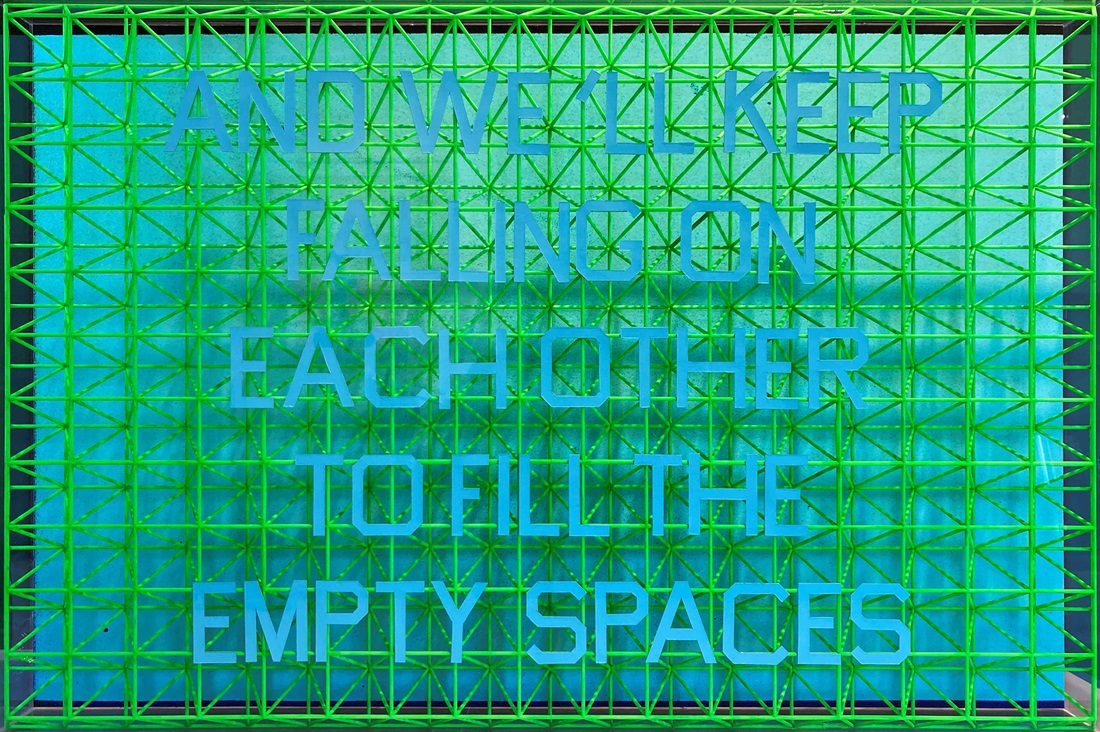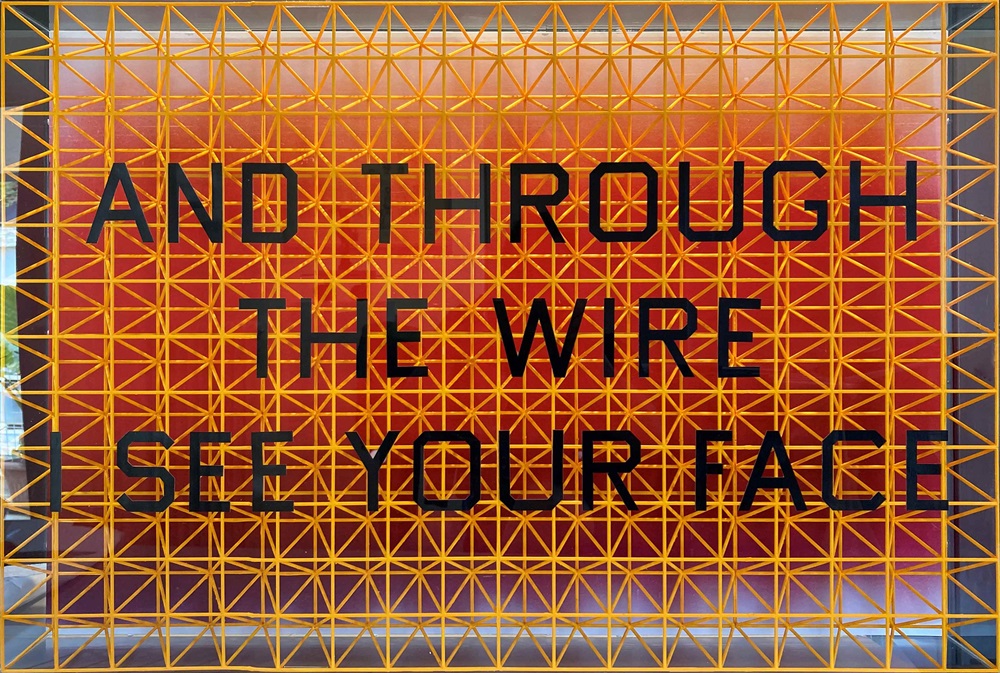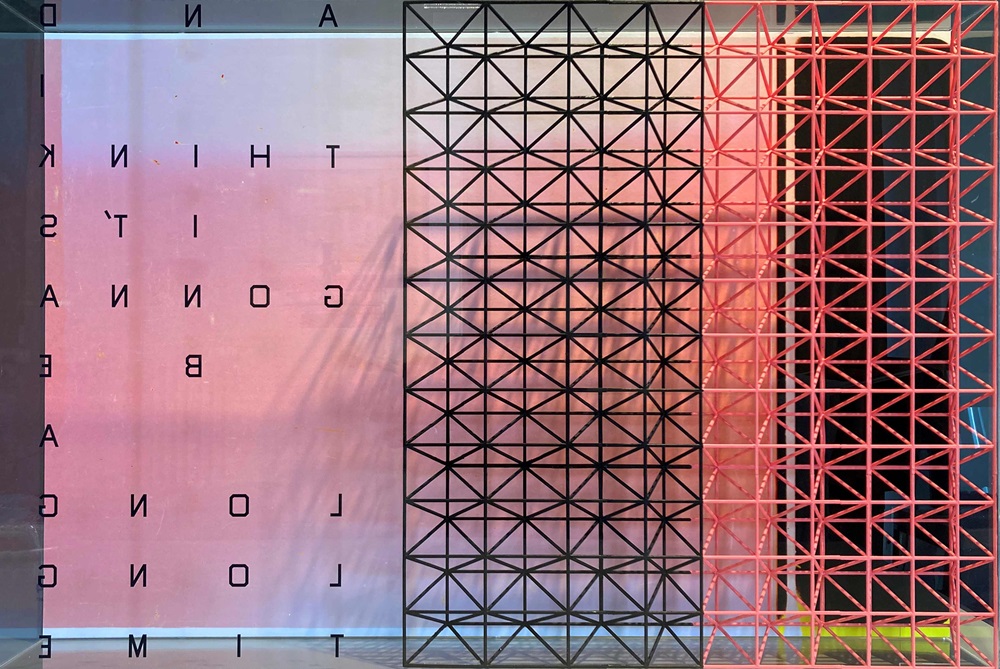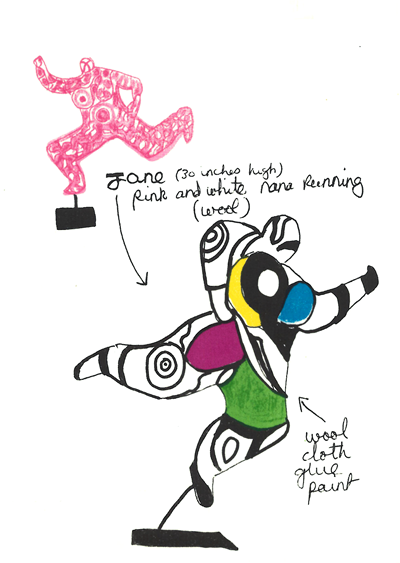
On Wednesday 04 December, from 18:00 to 21:00, the solo exhibition of Dimitris Polychroniadis, curated by Galini Lazanis, will be inaugurated at the Ileana Tounta Contemporary Art Center.
In her accompanying note, Galini Lazanis observes:
In the book by the American psychologist Robert Romanyshyn “Technology as Symptom and Dream“, Dimitris Polychroniadis finds the expression of his personal concerns regarding the relationship between man and technology, a relationship that is of great concern to all of us at the crucial point where we are today. Without either of them demonising technological discoveries – which, according to Romanyshyn, are both a symptom and a dream, a symptom of our unconscious desires and fears and at the same time the dream of a better world in which our deepest desires can be fulfilled – they wonder whether, in the end, the detached gaze of modern man makes him primarily an observer who has abandoned his experiential relationship with the world.

The “window” behind which the observer is isolated acts as a metaphor for the organized vision that man himself invented and through which he has achieved a series of technical and scientific achievements, in order to better understand himself and everything that surrounds him. Starting with the linear perspective, which studied the world in terms of distance from the viewer, the emphasis was placed on this very seeing rather than experiencing. The “window”, then, is the framework of a highly organized, rational world, defined by suffocating structures, mental or real, that ultimately make it a spectacle to be measured, mapped, coded and consumed.
Following on from the above, we can understand the three pillars on which Polychroniadis built the body of his visual work presented in his solo exhibition entitled The Self Behind the Window. His works consist of three conceptual elements that are signified by three different media and, as he says, are presented as repeated exercises that test the boundaries and tensions between them. The “background” on which they are all presented are photographs from NASA’s digital archive, specifically from manned missions orbiting the Earth and the Moon, but which to the untrained eye appear incomprehensible or damaged. These photographs are the destination, that is, the world in its entirety. The second element is a three-dimensionally printed spatial grid, i.e. a structural carrier of modern superstructures which, symbolizing the vehicle of observation, fragments the images of space for the viewer. The third element is the self-navigator. It is the only experiential element of the works, as it consists of lyrics of musical pieces that carry for the artist an emotional charge corresponding to his concerns, a charge full of doubt and insecurity.

Attempting to confront the profound and decisive questions of contemporary life through his visual work, Polychroniadis borrows references from a wide range of human expression, which testify to his broader fields of engagement. The minimalist relationship of structures to space, the creation of a staged environment, the use of text that finds application in pop art and conceptual art, and Ed Ruscha’s occasional choice of typeface, an artist who is a constant inspiration to him, have their roots beyond art, in his architectural and especially in his scenic background. And what could be more fitting for this exhibition than the creation of a backdrop of illusions – both visual and conceptual – that makes us wonder if thorough knowledge and the so-called progress it brings is what we need to stand in the world by truly experiencing it.
The exhibition will run until 25 January 2025.
Ileana Tounta Contemporary Art Center/ Amatolon & Klefton 48, Athens114 71
tel:+30 210 6439466 / fax:+30 210 6442852 / www.art-tounta.gr / [email protected]







Leave A Comment